Influencer Marketing is Getting a Much Needed Makeover
- Canvas+Co

- Aug 10, 2020
- 6 min read
Updated: Apr 2, 2021
We are three-quarters of the way through 2020 and the only thing that has remained constant is change. For marketers, a major change has come in the rapid disintegration of sale-oriented, one-way communication between brands and consumers as we crave more visibility into brand values and actions. Good marketers will see this as an opportunity, creating more whitespace in how they develop products, go-to-market strategies, and build lasting relationships with consumers.
One of the major ways that brands have historically built trust is through influencer marketing. In fact, Edelman reported that 63% of consumers trust influencer marketing more than they trust a brand’s own advertising. Sounds like good business, which is why brands are expected to spend up to $15 billion on influencer marketing by 2022. Even in the midst of a challenging year, Edelman’s 2020 Brand Trust Report shows that brands who invest in building trust now will be better positioned to survive the economic downturn and even come out stronger on the other side. Consumers will reward these brands with more loyalty, engagement, and advocacy.
But like everything else in 2020, influencer marketing is evolving. With the majority of the US still under social distancing measures, influencers have had to rethink their “Instagram-worthy” experiences in order for posts to not appear tone-deaf. The result has been the rise of a refreshingly more authentic influencer. Creators - especially those on TikTok - are offering a realistic and often light-hearted view into their lives during the pandemic. Another important shift has come from the Black Lives Matter movement, which has placed a spotlight on the lack of diversity in all aspects of our society, including a significant pay gap for Black influencers.
This evolution is a must-know for brands working with influencers today and in the future. Consumers are in a very different mindset than they were just months ago. Brands have the ability (and expectation) to influence positive change in the world. Those who listen and respond with more diverse, relatable and authentic content will be rewarded with increased trust and customer loyalty.
Here’s What Good Looks Like
Using more diversity in marketing and influencer strategies is good for the world and for business, as more people can see themselves in the imagery around them. According to Deloitte Digital, the stock price of brands that featured the most diversity in their advertising performed 69% better over the last two years than brands that featured the least. And those same diversity-friendly brands received BrandIndex consumer preference scores that were 83% higher than their counterparts.
So, let’s start with some inspiration from two brands whose influencer marketing stands out for celebrating diversity in all of its forms - from race, age, gender and size to sexual orientation, disability and religion.
Aerie: Less Photoshop, More Self-Love
In 2014, underwear brand Aerie made a splash when it pledged to stop retouching and airbrushing its models. Since then, Aerie has become a force for body positivity, celebrating a diversity rarely seen in advertising. The #AerieReal campaign shines a spotlight on influencers like accessibility-advocate Erica Mones and “Dear Strong Back Woman” author, Jenn Sterling. In 2016, Aerie named plus-sized model Iskra Lawrence the face of the brand and in 2019, their #AerieReal Role Models included actress and LGBTQ+ advocate Samira Wiley, Paralympian snowboarder Brenna Huckaby and Molly Burke, a YouTube creator and motivational speaker with a rare eye disease that caused her to lose her sight at age 14.

Zola: Love in Every Form, on Every Channel
In 2019, Hallmark Channel abruptly pulled four out of six Zola ads due to the narratives featuring a same-sex wedding. Zola’s response? Pull the other two and cut ties with Hallmark. This story shone a spotlight on what Zola had already been doing for years: “We show lots of people celebrating their love...and connect with the audience that’s getting married today,” said Zola CMO Mike Chi. And Zola uses every one of its channels to do so.
Zola reposts tagged wedding photos of couples of all ages and sexual orientations on Instagram. They also partner with influencers like push2love, a couple bringing awareness to spinal cord injury. Their approach to seeing real people as influencers even extends to out-of-home. In 2019, they posted real love letters all over San Francisco to coincide with Pride.
Looking for more inspiration? We also love:
Summersalt, for gifting us with a refreshingly realistic look at women’s swimwear.
Supergoop, for purposefully creating a sunscreen that goes unseen on every skin tone and publishing skin protection research from the Skin of Color Clinic at UCSF.
e.l.f Cosmetics, for always standing for every eye, lip, face and paw. e.l.f. lives its purpose better than many other brands today.
3 Tips for Including More Diversity in Your Influencer Strategy
A lack of diversity in advertising in the past shouldn’t prevent your brand from its next evolution. But first, remember that actions speak louder than words. As you embark, ensure that you intend to prioritize diversity on an on-going basis and that you are also looking inward at the makeup of your own teams and corporate policies. (Edelman confirms in their 2020 research that without such actions, brands will be seen as exploitative or opportunists).
When you’re ready, here’s how to start:
Recognize Where You are Starting From: Some brands have been slammed for the sudden and seemingly agenda-backed inclusion of people of color into their Instagram feeds. At the risk of sounding cliche, honesty is the best policy, and brands who are openly acknowledging their starting point are being met with support. Be upfront about where you’re facing challenges, especially if it’s taking time to source talent and launch new creative. (Get inspired by Old Navy. They addressed feedback from employees and customers, making clear commitments to change).
Look Beyond What You Already See: Our realities tend to be limited to what we can already see. (Hence, why things like movies with diverse casts are so meaningful to young children). Look beyond those already awesome examples around you and ask yourself, “Who else am I not seeing?” (Get inspired by Aerie’s campaign featuring models with various disabilities and medical conditions).
Find the Right Partner to Help: There are a lot of ways that brands find influencers to partner with, from social agencies and talent agents to direct brand outreach, but one of our favorites is with TRIBE.
How TRIBE Can Help
TRIBE is an influencer marketing platform that connects Brands with Creators. Brands submit a brief and within days, TRIBE’s global network of 80K+ content creators return a variety of eye-catching influencer posts or branded content shot to the brief specifications. TRIBE is especially unique in two ways: brands will only pay for assets they love, and influencers should already use the product so that the recommendation is more authentic. (Though, for more niche, new-to-market, or expensive products, brands have the option to send interested influencers the product to shoot.)
TRIBE’s model has helped to regulate a relatively new space, ensuring consistent fees for influencers by providing creators with the same rate card loosely based off their following when they submit content (influencers can then attach an additional fee that they feel best represents them and/or added costs for licensing). This is a big differentiator in a world where pay for posts has largely varied, especially for influencers of color. This summer, TRIBE made a powerful commitment to move the market further by championing diversity throughout the entire booking process. This includes guiding brands to build briefs that encourage diversity in responses, integrating more diverse images into moodboards, and providing clients with more information about the importance of diversity when choosing creators to represent their brand.
TRIBE recently worked with Procter & Gamble and iHeart Radio on their “Can’t Cancel Pride” campaign. The companies partnered with 135 creators ranging from LGBTQI and allies to ensure the spirit of Pride could be felt despite being interrupted by COVID. TRIBE also partnered with The Queen Collective - a program aiming to accelerate gender and racial equality behind the camera - to show how creators were getting ready for the premiere of two landmark documentaries on BET!.
The Bottom Line
Influencer marketing is here to stay, but it's getting a much needed makeover in favor of more diversity and authenticity (we're talking unfiltered sweatpants-and-boredom authenticity). Like all marketing today, doing influencer marketing well requires brands to pay attention to the changing landscape. Well-trusted brands will partner with influencers to share more relatable experiences and to ensure that everyone is represented.
Follow us on LinkedIn for ongoing industry updates.







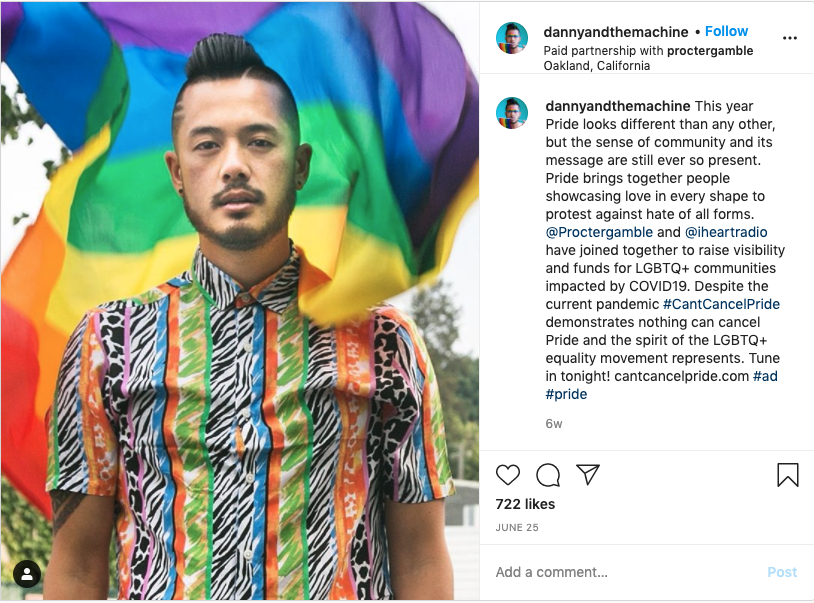

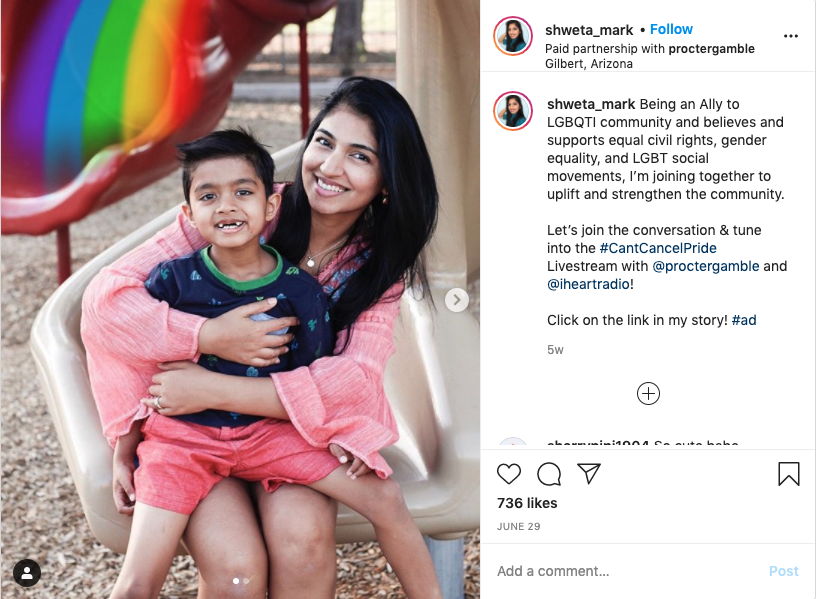

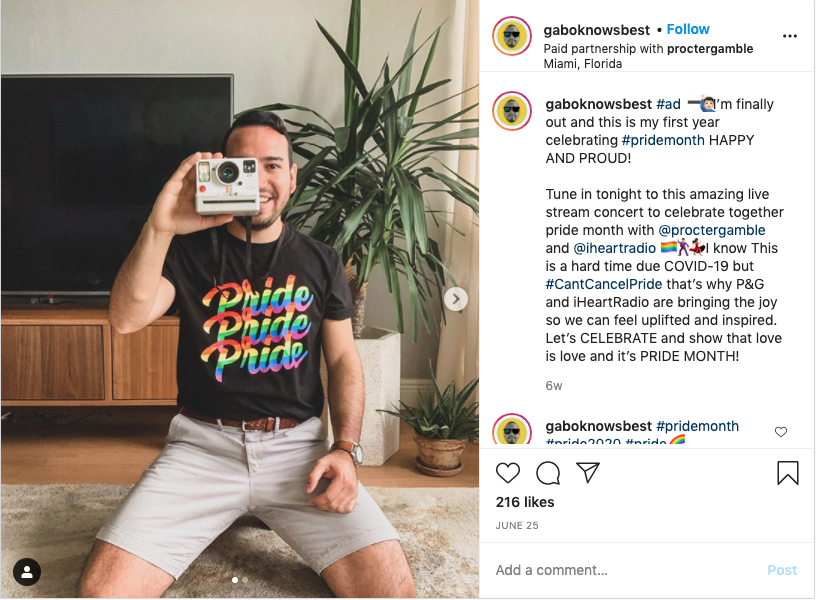

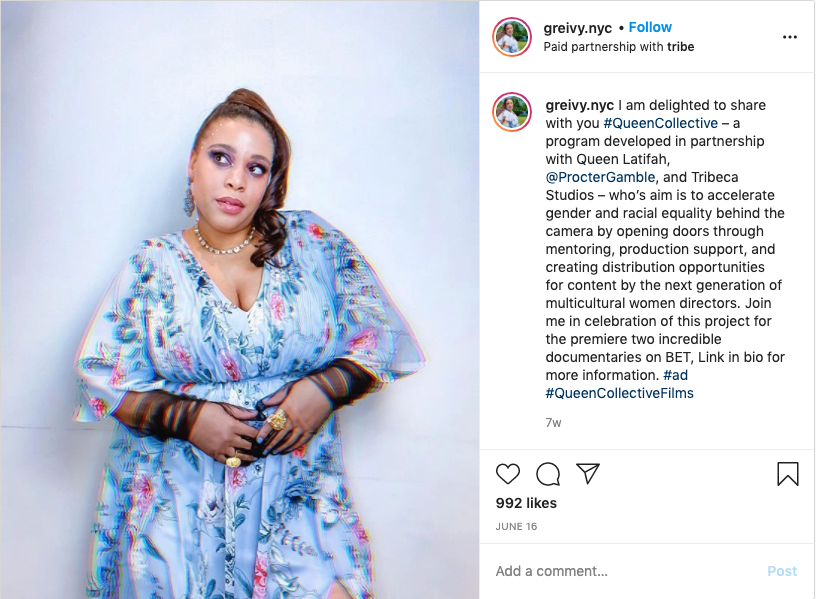

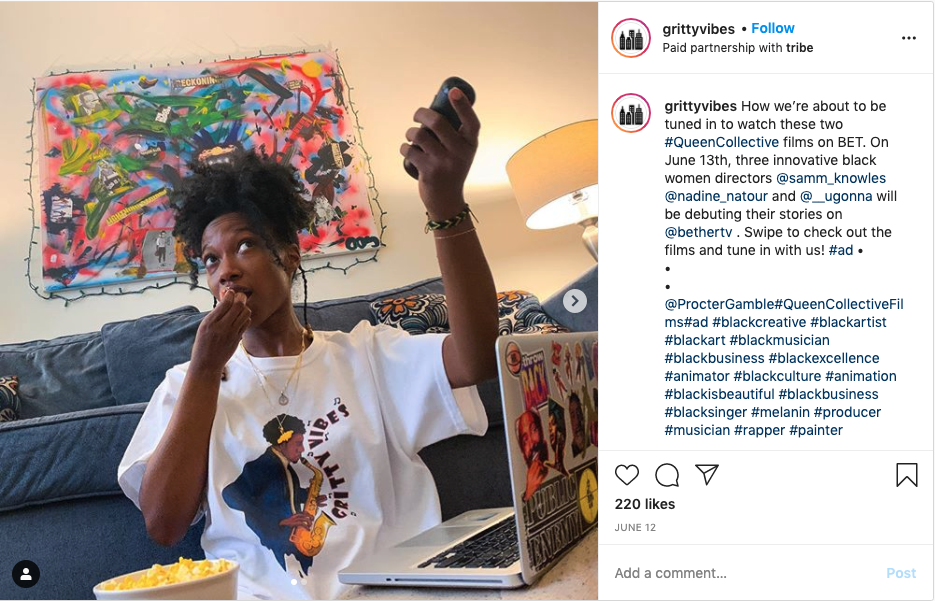

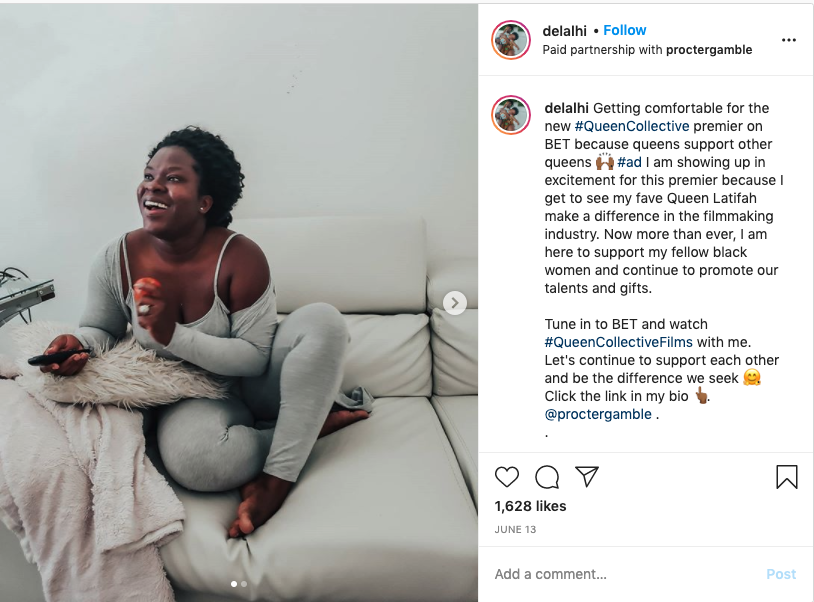


Comments